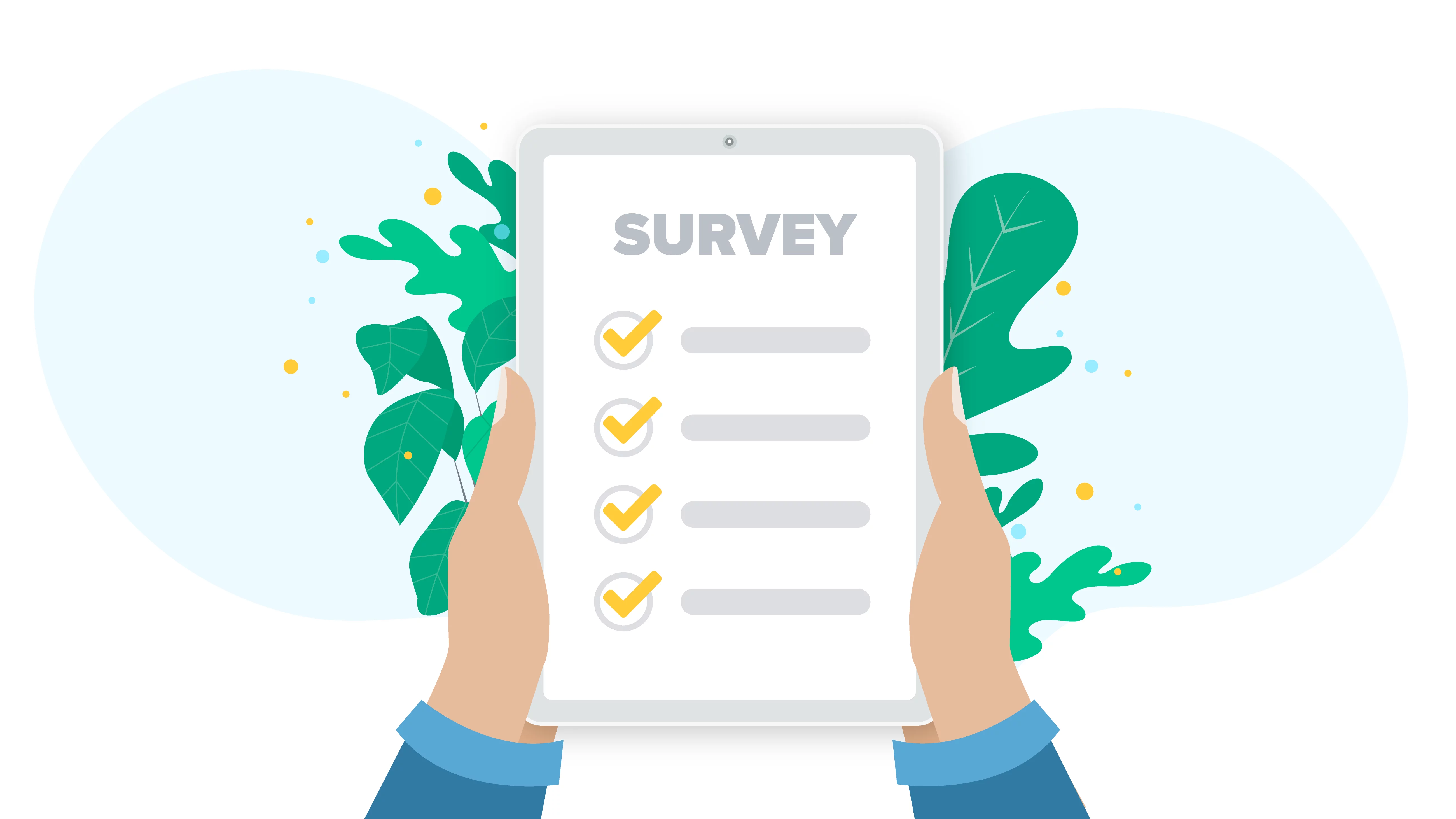12 Proven Tips to Increase Survey Response Rates
Sun, 28 Sep 25
12 Proven Tips to Increase Survey Response Rates
Surveys are one of the most powerful tools businesses, nonprofits, and researchers can use to gather

Surveys are one of the most powerful tools businesses, nonprofits, and researchers can use to gather insights. Whether you’re measuring customer satisfaction, employee engagement, or market trends, surveys help capture authentic opinions that drive better decision-making. But there’s one major challenge: getting people to actually respond.
Low response rates don’t just waste time they also create biased data, which makes your results less reliable. The good news? With the right strategies, you can dramatically improve participation. Below are twelve proven tips to increase survey response rates and ensure your efforts pay off.
1. Keep It Short and Focused
Nobody enjoys answering endless questions. If your survey feels like a marathon, people will abandon it halfway. Stick to the essentials. Aim for 5–10 minutes max, which usually translates to around 10–15 well-crafted questions. Every question should serve a clear purpose. If it doesn’t add value, cut it.
2. Craft a Clear, Compelling Invitation
Your survey invitation sets the tone. A vague or boring email subject line won’t motivate people to click. Instead, highlight the benefit of participating. Examples:
- “Share your feedback to shape our future services.”
- “Your opinion counts take this quick 5-minute survey.”
Be transparent about the time commitment. People appreciate honesty, and setting expectations reduces drop-offs.
3. Offer Incentives That Matter
Sometimes a small nudge makes a big difference. Incentives like gift cards, discounts, or entries into a raffle can significantly boost response rates. The key is to make sure the reward feels worthwhile. For employees or loyal customers, even non-monetary rewards like recognition, exclusive updates, or early access to results can be powerful motivators.
4. Personalize the Survey Experience
Generic messages get ignored. Personalization helps people feel valued. Use their name in the invitation, reference their recent purchase, or mention their role in the organization. Even small touches like “We’d love feedback from loyal customers like you” make the survey feel less like mass communication and more like a genuine request.
5. Choose the Right Timing
Timing can make or break your response rates. Sending a survey during busy hours or weekends might mean it gets buried in inboxes. Research suggests mid-week, mid-day is often best. However, know your audience. For employees, sending it just after a team meeting may work well. For customers, right after a product delivery might be ideal.
6. Optimize for Mobile Devices
More than half of surveys today are opened on smartphones. If your survey doesn’t work well on mobile, you’re losing responses. Keep questions concise, avoid heavy visuals, and test your survey on multiple devices. A smooth mobile experience increases the chance that participants will complete it on the go.
7. Use Simple, Conversational Language
Surveys aren’t academic papers. Complicated wording can confuse or frustrate participants. Write questions in plain, conversational English. Instead of asking, “To what extent did our service align with your expectations?” try “Did our service meet your expectations?” Simple language makes it easy to respond quickly.
8. Build Trust with Transparency
People hesitate to share honest opinions if they don’t trust how their data will be used. Always explain why you’re running the survey, how responses will be used, and whether they’re anonymous. Adding a short privacy statement or reminding participants that their feedback helps improve future experiences can build confidence.
9. Test Before Launching
A poorly designed survey can hurt your credibility. Before sending it to your full audience, test it with a small group. Check for technical glitches, confusing questions, or logic errors. If testers tell you the survey took longer than expected, trim it down. Testing ensures participants won’t face unnecessary roadblocks.
10. Follow Up, But Don’t Spam
A gentle reminder can double your response rates. Many people simply forget or overlook the first invitation. Send one or two polite follow-ups spaced a few days apart. Keep the tone friendly, not pushy. Something as simple as, “We’d still love to hear your thoughts your feedback makes a difference,” can bring people back.
11. Share the Results with Participants
When people know their input leads to real changes, they’re more likely to respond again. Share key findings or actions you plan to take based on the survey. For example, “Thanks to your feedback, we’ve improved our online checkout process.” Closing the loop shows respect for participants’ time and builds long-term engagement.
12. Continuously Improve Your Survey Process
Survey design isn’t one-and-done. Track response rates over time, experiment with different subject lines, incentives, or formats, and learn what works best for your audience. Over time, you’ll develop a playbook tailored to your unique needs.
Final Thoughts
Increasing survey response rates is both an art and a science. It requires empathy, clarity, and a focus on user experience. By keeping surveys short, personalizing communication, offering meaningful incentives, and respecting participants’ time, you’ll see higher participation and more reliable results.
Remember: every response represents a real person willing to share their opinion. When you make the process simple and rewarding, people will be more than happy to lend their voice.